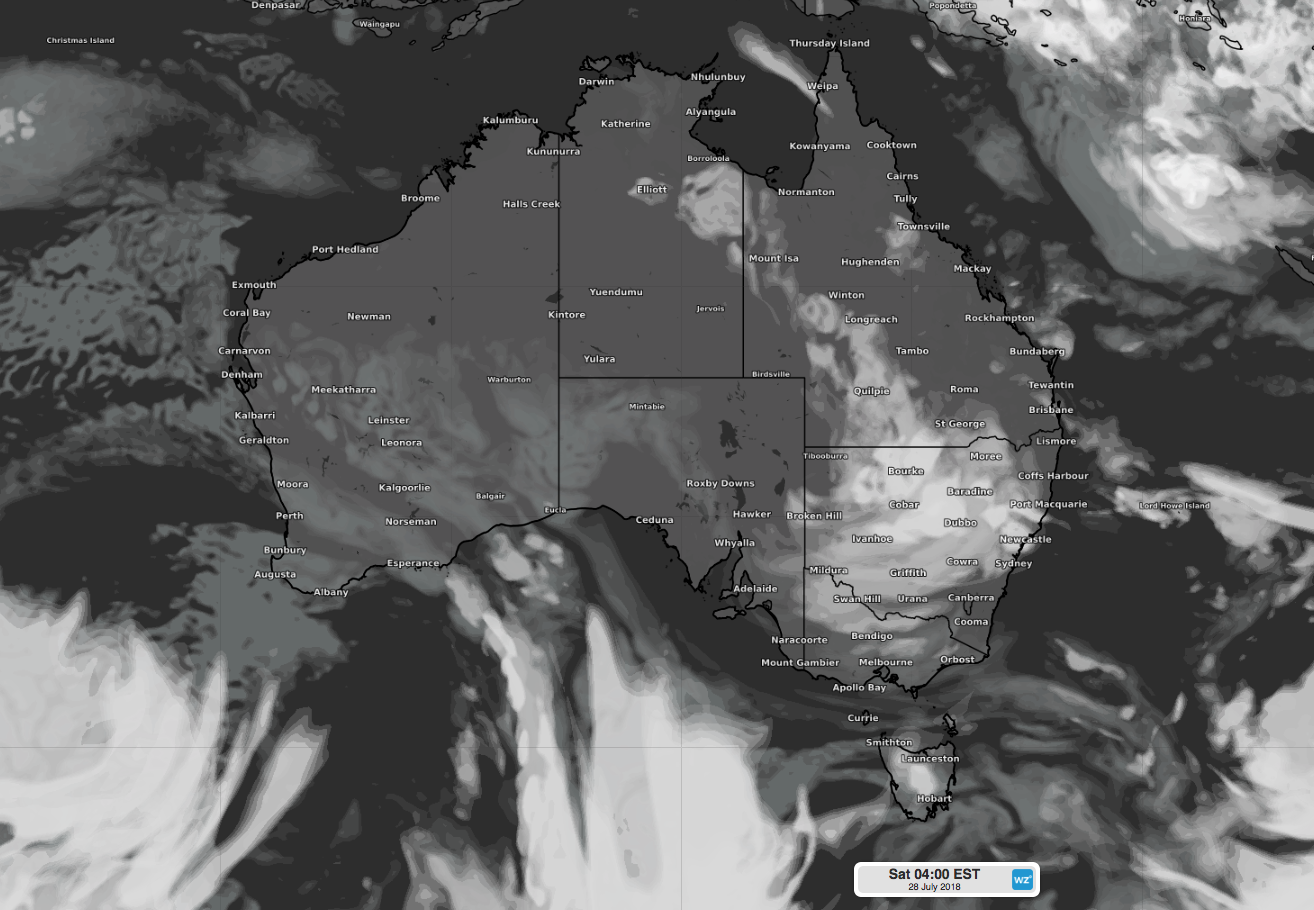Don't miss the lunar eclipse this weekend

The second total lunar eclipse of 2018 will occur this weekend across Australia, painting the moon red during the early hours of Saturday morning.
This weekend's spectacle will be the second total lunar eclipse of 2018, following the colloquially named 'uper blue blood moon' earlier in the year. Prior to these two events, the last total lunar eclipse occurred in 2015.
A total lunar eclipse happens when the moon passes completely within Earth's shadow - called the umbra - shielding it from direct sunlight. Instead of turning black as it passes through Earth's shadow, the moon's face takes on a reddish glow, which is why it's referred to as a 'blood moon'.

The red colour during a total lunar eclipse occurs because Earth's atmosphere bends and refracts more red, orange and yellow wavelengths of light towards the moon. Other wavelengths of light, such as blue, green and violet, are scattered away from the moon.
.jpg)
This weekend's lunar eclipse will be particularly unique because it occurs within 24 hours of the sun, Earth and Mars all lining up perfectly, which is called 'opposition'. As a bonus, this opposition will occur while Mars is at its closest point to Earth, which only happens about once every 15 years. Around the time of this month's lunar eclipse, Mars will be looking its largest and brightest since 2003.
According to Andrew Jacob from the Sydney Observatory, having a total lunar eclipse occur while Mars is this bright and close to Earth hasn't happened for more than 2000 years, and won't happen again in the next thousand years.
Unfortunately, Australia is a large country and won't be completely cloud-free during the eclipse. Cloud is likely to obscure viewing conditions in a large area of NSW and some parts of western Queensland, eastern SA, northern Victoria, southern WA and the northeast NT.

Image: ECMWF estimated cloud cover around the time of the total lunar eclipse.
Below are the viewing times for Saturday morning's total lunar eclipse according to Sydney Observatory, given in local time. A partial lunar eclipse will be visible for around one hour on either side of the total eclipse, as the moon enters and exits Earth's shadow. Moonset will occur during the total eclipse in Sydney and Brisbane, which is taken into account here:
Adelaide - 5:00am to 6:44am
Brisbane - 5:30am to 6:36am
Darwin - 5:00am to 6:44am
Hobart - 5:30am to 7:14am
Melbourne - 5:30am to 7:14am
Perth - 3:30am to 5:14am
Sydney - 5:30am to 6:55am
Here are a few other interesting tidbits about the lunar eclipse that you can tell your family and friends while you're watching it all unfold:
- When the sun, earth and moon line up during a lunar eclipse, its called syzygy
- This will be the longest total lunar eclipse this century, lasting nearly 103 minutes
- The next total lunar eclipse won't be visible from Australia until 2021
- A large dust storm that occured on Mars during May is making the planet look more yellow than usual
- It's safe to watch a lunar eclipse with your naked eye, even through binoculars or a telescope